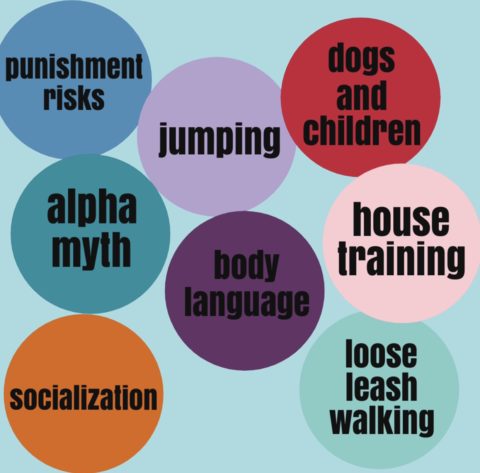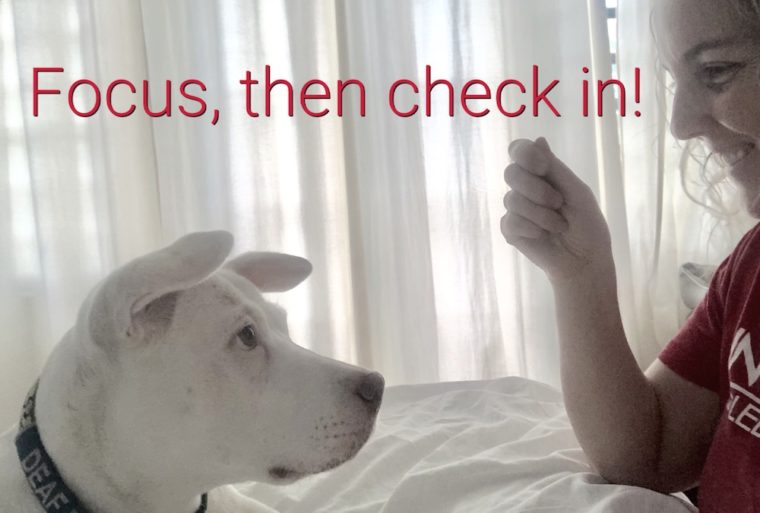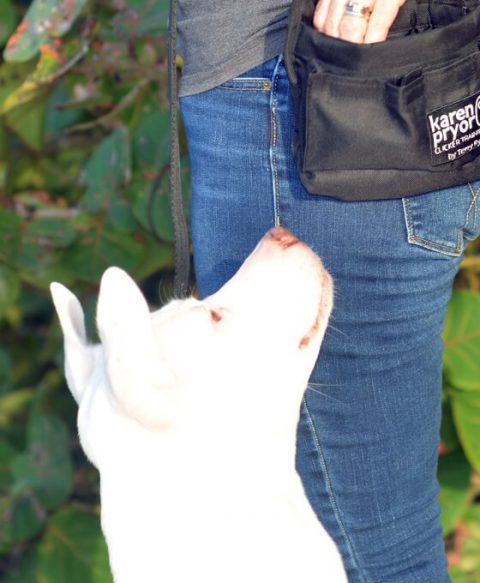Your 10 Minute A Day Dog
Transform your dog’s behavior even if you’re overwhelmed by your overloaded schedule.
 In 10 minutes a day, yes, only 10 minutes, you’ll polish your pooch’s less-than-perfect behavior with scientifically-sound, straightforward dog training solutions. From cover to cover, Your 10 Minute a Day Dog is jam-packed with tons of tangible tips, so you can easily teach your dog to love listening, even if you’ve never trained a dog before.
In 10 minutes a day, yes, only 10 minutes, you’ll polish your pooch’s less-than-perfect behavior with scientifically-sound, straightforward dog training solutions. From cover to cover, Your 10 Minute a Day Dog is jam-packed with tons of tangible tips, so you can easily teach your dog to love listening, even if you’ve never trained a dog before.
Start training now
Why Your 10 Minute a Day Dog?
As an experienced, certified, professional dog training and behavior consultant, I’ve successfully coached clients to training success with positive, proven techniques—all over the world. I’m also a Karen Pryor Academy faculty member (dog trainers trust me to help hone their know-how and expand their expertise).
Your 10 Minute a Day Dog includes the most impactful information and efficient exercises that I’ve refined over the years training dogs, beluga whales, macaws, polar bears, and wolves into an easy-to-follow guide. Effectively train your dog to respond, with my results-based, time-saving approach.
If you’re overscheduled and frustrated by unsuccessful training attempts, Your 10 Minute a Day Dog provides the plan to start working with your dog immediately.
Ready for better dog behavior? Purchase Your 10 Minute a Day Dog and productively train today.
Save hours of time (that you don’t have) and endless frustration with Your 10 Minute A Day Dog. With my advice, you’ll:
- Create a successful training environment, end the guesswork of where and when to train your dog for maximum results.
- Establish a behavior and training plan specific to your dog, from puppies to seniors, and pit bulls to poodles, I have you covered.
- Train your dog productively, use the time you already spend with your dog to increase his attentiveness and cooperation.
- Understand how your dog communicates, to assure you create positive interactions with the people who matter most.
- Build a stronger relationship with your dog, so when you finally have free time, you’ll enjoy relaxing walks, travel, and much more together.
Your dog is family, isn’t it time you spend your time together wisely? Here’s a rave review about Your 10 Minute a Day Dog.“I can’t say enough good things about the value of consistent short positive training sessions. The payoff for me has been a much better behaved and happier dog.”
Grab Your 10 Minute a Day Dog and take the guesswork out of training your dog.
This book is perfect if you’re:
- Crazy busy: circumvent confusion with well-founded techniques for a well-behaved dog.
- Action-oriented: ready to train your dog with the proper tools (rather than reading about dog behavior).
- Super-sensible: understand dog training isn’t magic, dedicate 10 minutes a day for maximum improvement.
- Amazingly astute: looking for a science-based, positive program without false promises and quick fixes.
What’s in this Book?
Over 20 simple, practical chapters—I’ll help you better communicate with your dog using modern, positive reinforcement methods. Here’s a sneak peek:
 And More!
And More!




 The learner, in this case your deaf dog, is the only one who gets to determine whether or not something is aversive. This means that you have no way to tell ahead of time if this will be something deeply problematic. Too, anytime that you intend to stop or decrease behavior by adding something to the equation, you may run the risk of dangerous consequences, including apathy, aggression, escape/avoidance, and generalized fear. I recommend that you avoid ever using a shock collar as there are alternatives which do not have the potential for harmful fallout.
The learner, in this case your deaf dog, is the only one who gets to determine whether or not something is aversive. This means that you have no way to tell ahead of time if this will be something deeply problematic. Too, anytime that you intend to stop or decrease behavior by adding something to the equation, you may run the risk of dangerous consequences, including apathy, aggression, escape/avoidance, and generalized fear. I recommend that you avoid ever using a shock collar as there are alternatives which do not have the potential for harmful fallout.